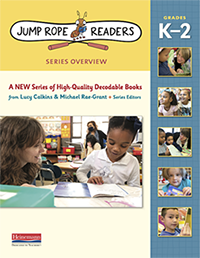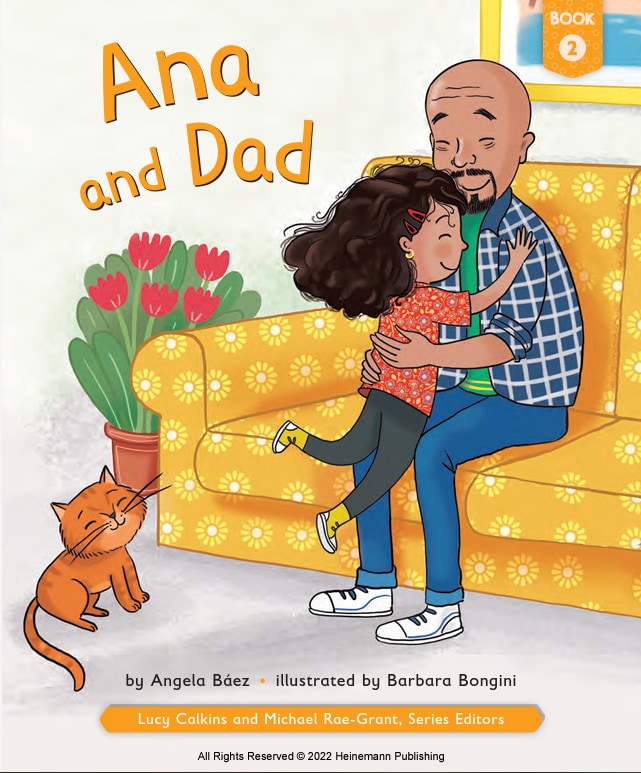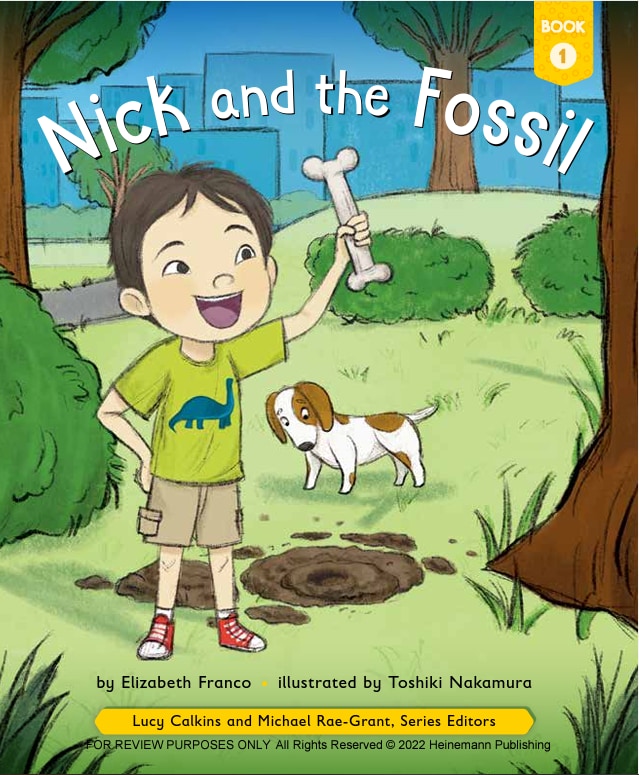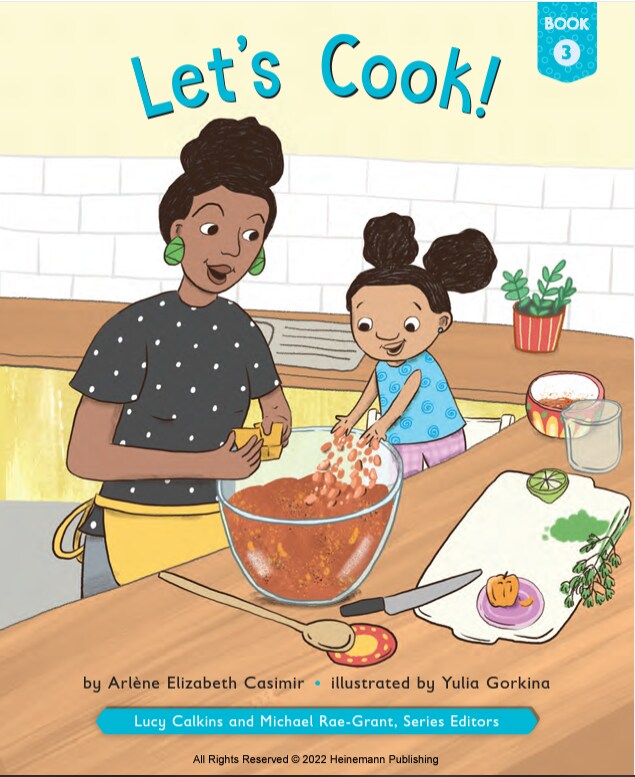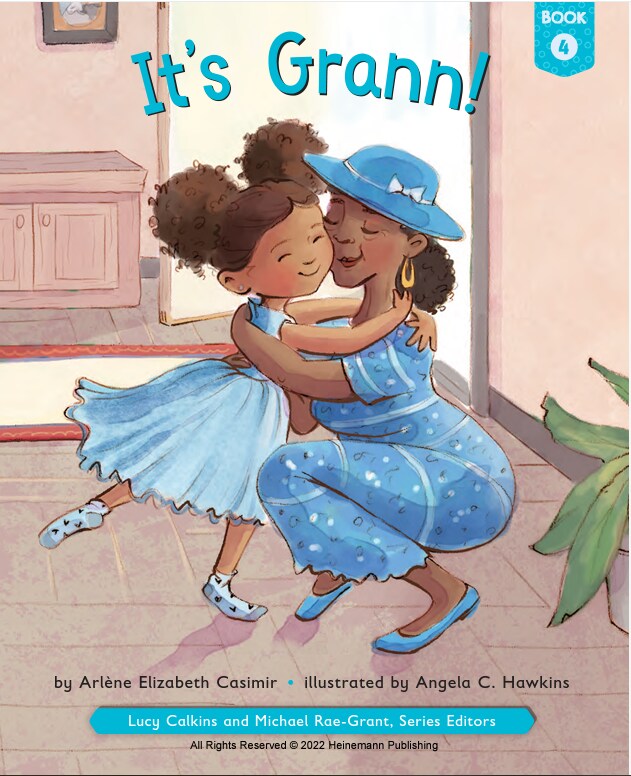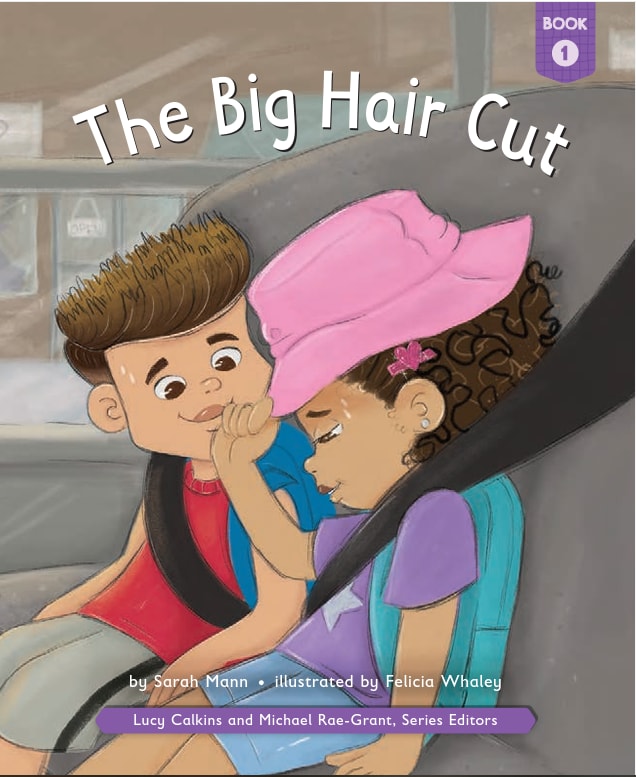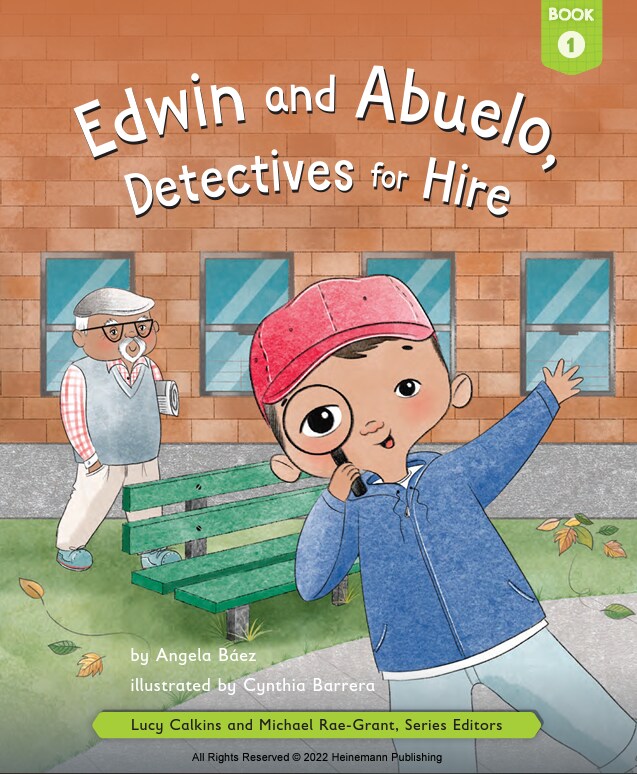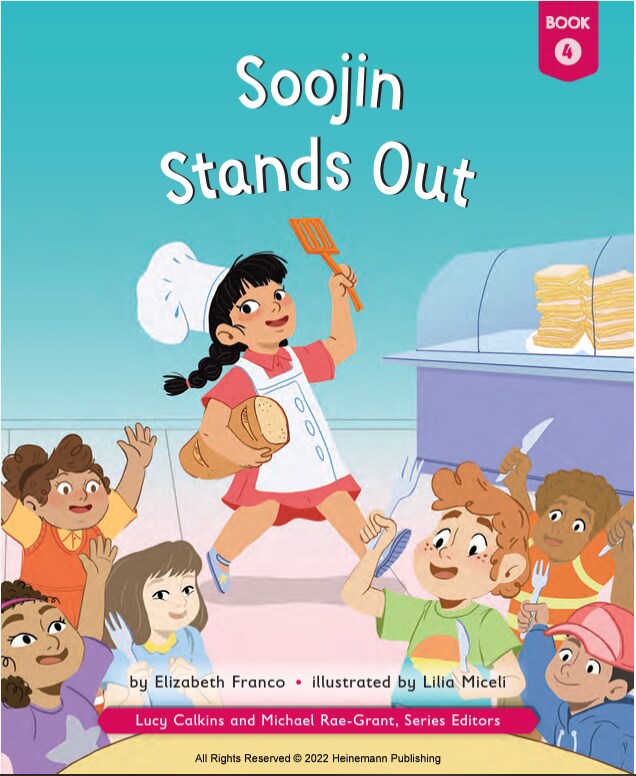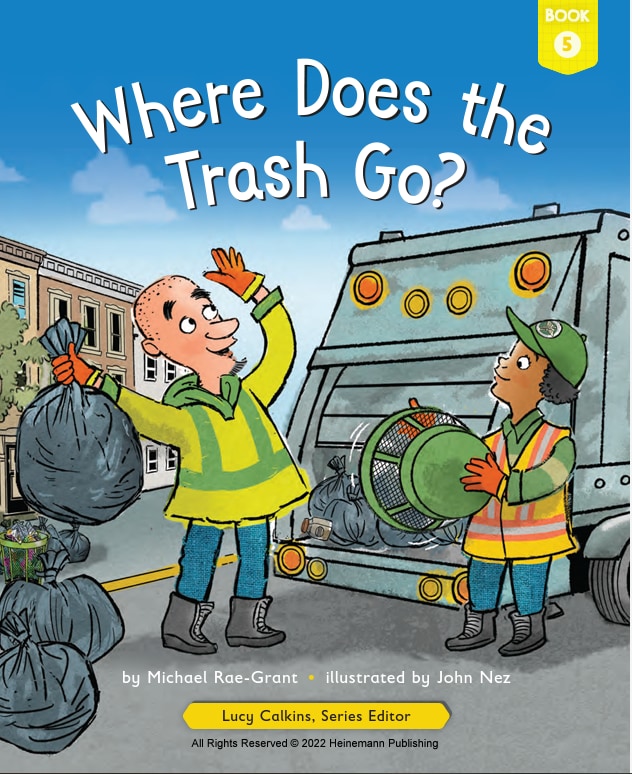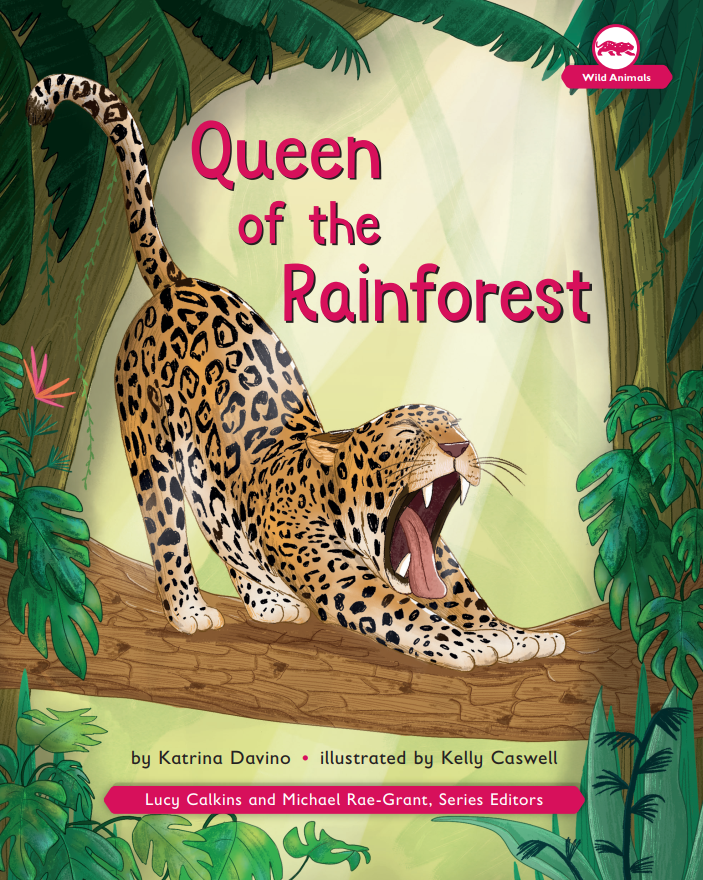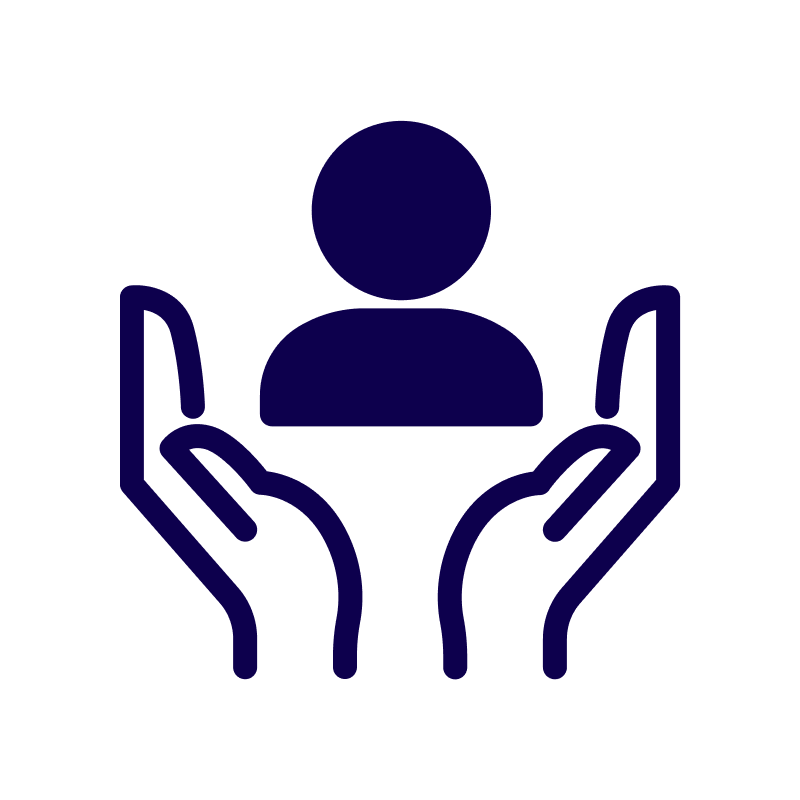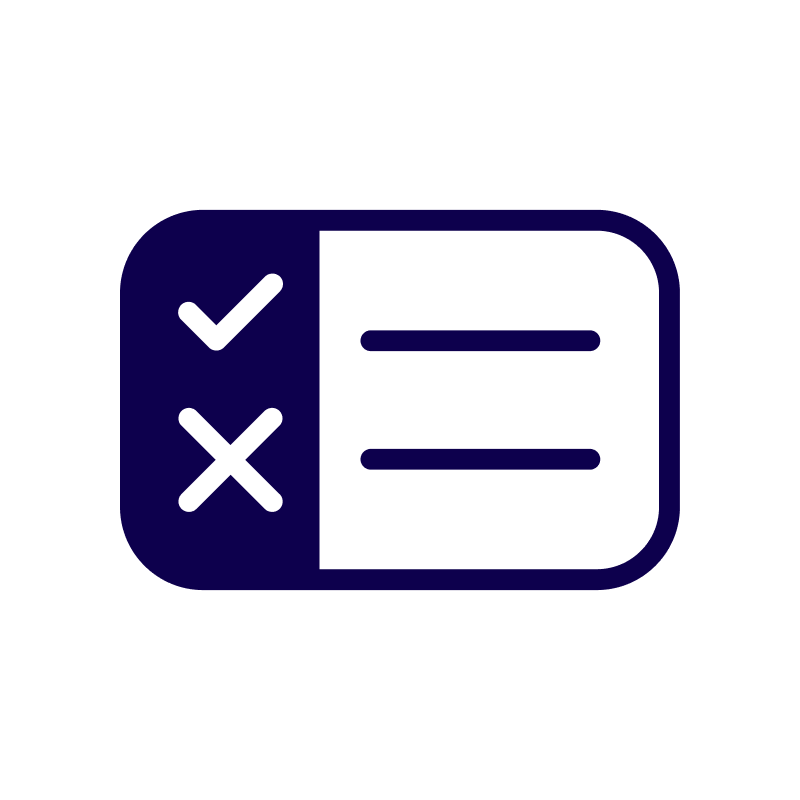
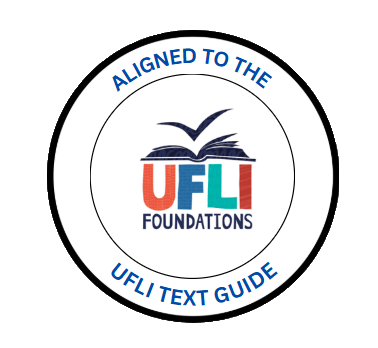
A series of High-Quality Decodable Books
What makes a book "just right" for a beginning reader? The answer is simple. A book is just right if the child can read it and wants to read it. Anything else is "just okay" at best. But, if you work with beginning readers, you know it's not easy to find these "just right" books.
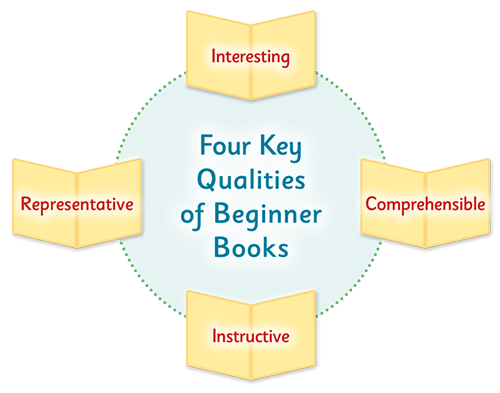
Four Key Qualities of Beginner Books
Influential reading researchers Richard Anderson and Freddy Hiebert described the key qualities that educators should look for in books for beginning readers in a report they wrote for the National Academy of Education. They wrote:
"Writing the first selections a child will read is a difficult balancing act. Ideally, the selections will be:
- interesting (so that students will want to read them);
- comprehensible (so that students are able to understand them); and
- instructive (so that students will learn from them)."
Of course, a quality that underlies all of this is representation. When books are an accurate reflection of our beautifully diverse world, children find them considerably more interesting and comprehensible, so we added that foundational idea to the list of essential priorities that informed the development of the Jump Rope Readers series.
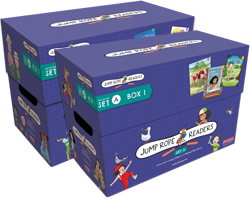
30 decodable books* (6 copies of each) that introduce short vowels, consonants, bonus letters, blends, digraphs, CV words, and a small selection of high-frequency words. Digital access is included.
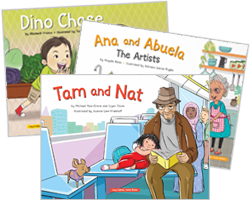
6 Read-Aloud books
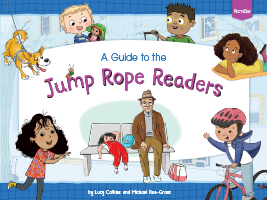
Getting Started Guide
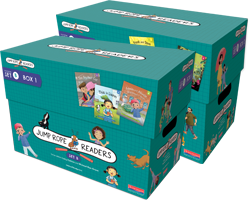
36 decodable books (6 copies of each) that introduce silent E, inflectional endings, vowel teams, R-controlled vowels, diphthongs, consonant -LE, soft C and G, the jobs of Y, multisyllabic words, and a broader selection of high-frequency words. Digital access is included.

Getting Started Guide
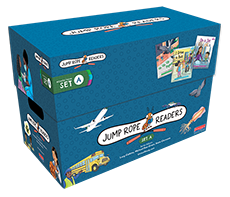
Set A includes:
A Guide to the Jump Rope Readers, 12 decodable books (6 copies of each) that use short vowels, consonants, bonus letters, blends,digraphs, CV words, and a small selection ofhigh-frequency words, digital access to readers and additional resourceson Heinemann Flight.
Note: The Jump Rope Readers Nonfiction Series starts with Green. The first 3 Fiction series are limited in the very beginning letter-sound correspondences and HFWs kids learn
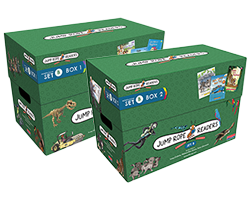
Set B includes:
A Guide to the Jump Rope Readers: Nonfiction, 24 decodable books (6 copies of each) that use all letter-sound correspondences in Set A, as well as silent E, inflectional endings, vowel teams, R-controlled vowels, diphthongs, consonant –LE, soft C and G, the jobs of Y, multisyllabic words, and a broader selection of high-frequency words; digital access to readers and additional resources on Heinemann Flight.
Interesting and Comprehensible
As you explore the Jump Rope Readers, you'll notice the books are arranged into different series, each starring a distinctive main character. In addition to Nick, who loves dinosaurs, there's Ana with her big imagination, Tam, who's full of energy and mischief, Imran, who's a bit shy at first, and many more. All the Jump Rope Readers take place in the same neighborhood, so characters from earlier books make special guest appearances in later ones.
The fact that the Jump Rope Readers are arranged into series makes them more engaging to kids, and also makes them especially comprehensible. Series books feature familiar characters who react to problems in predictable ways.
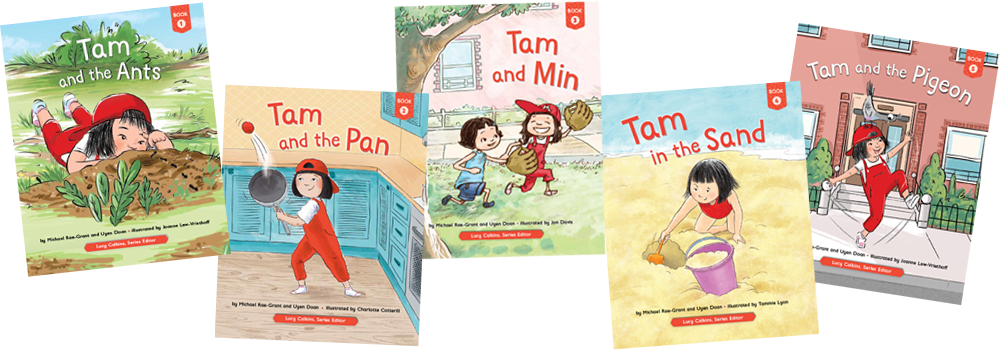
Example: Titles in the Red Series, featuring Tam and Nat

Within this progression, the texts don't introduce every letter-sound correspondence in the English language (there are over two hundred), but rather focus on those letter-sound correspondences that occur most frequently in print, providing kids with an efficient path toward more advanced reading.
Overall, the scope and sequence offers a steady "ramp" into early trade books. By the time students have finished the last Jump Rope Reader, they'll have lots of letter-sound correspondences under their belts, and they'll be ready to tackle familiar series such as Fly Guy, Yasmin, Henry and Mudge, or Sofia Martinez. Ready, that is, for a deep dive into the wider world of children's literature.
Download the Scope and Sequence for the titles within each set.
